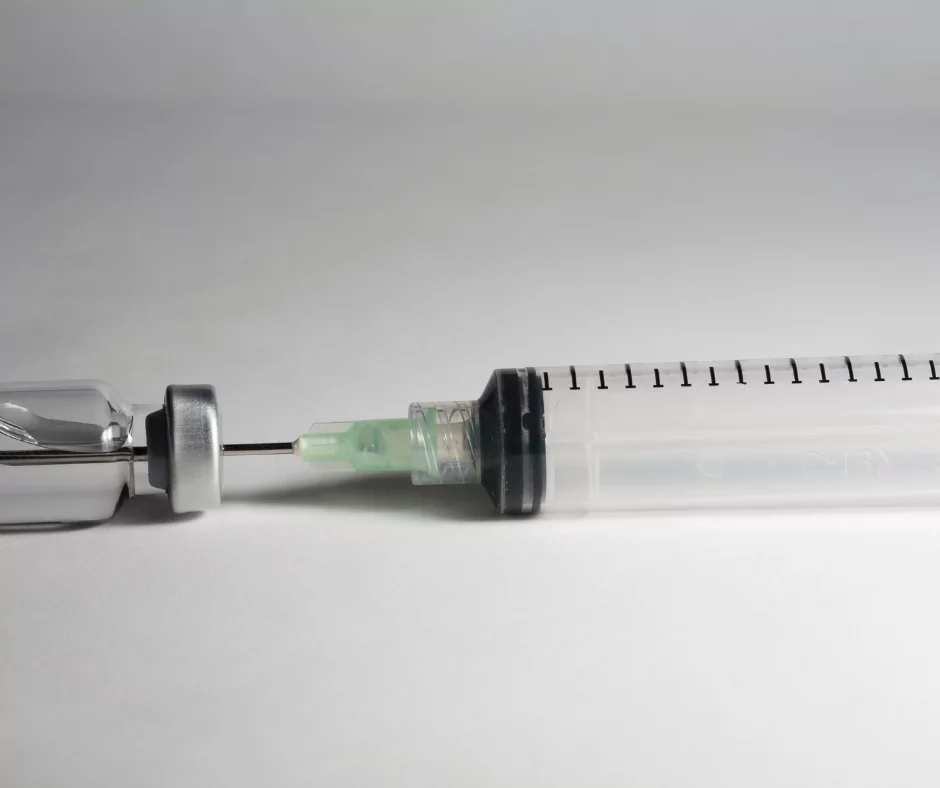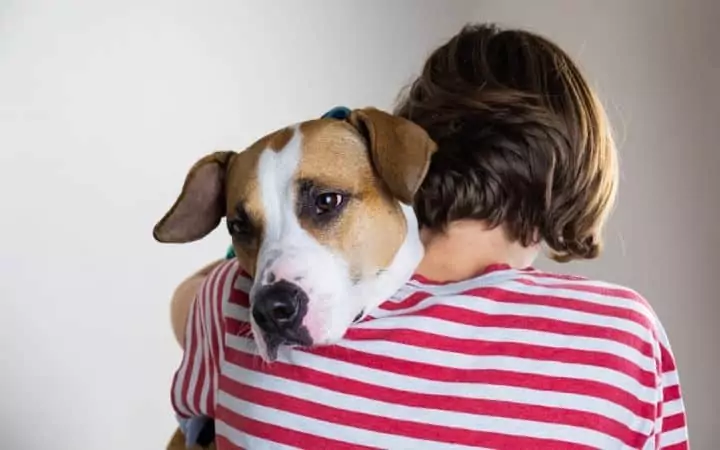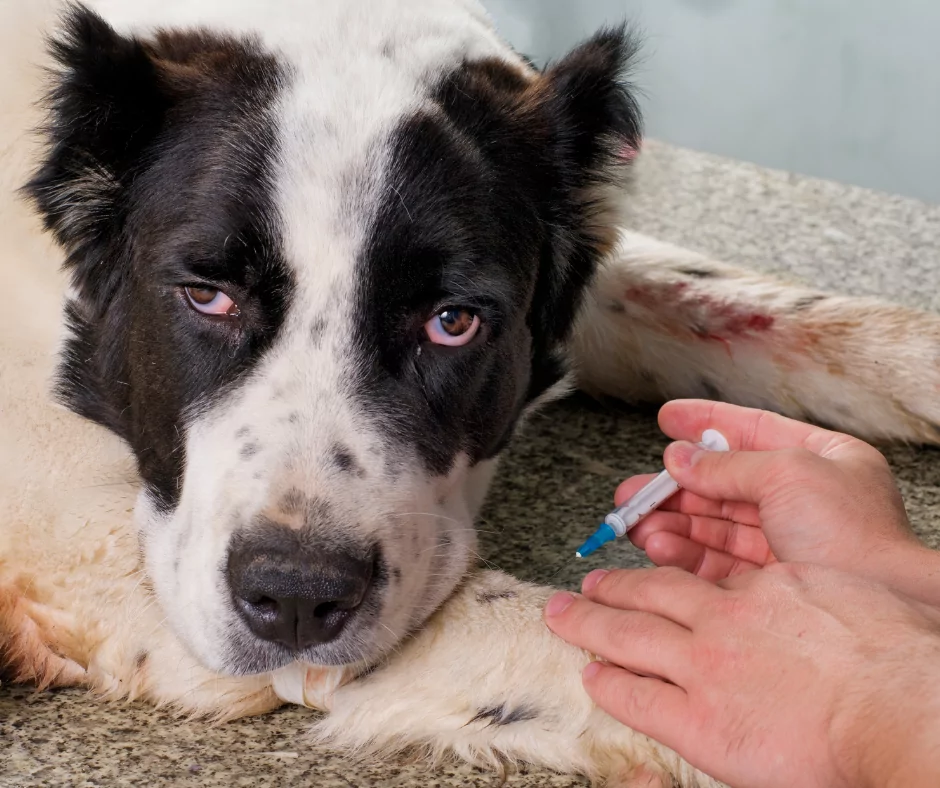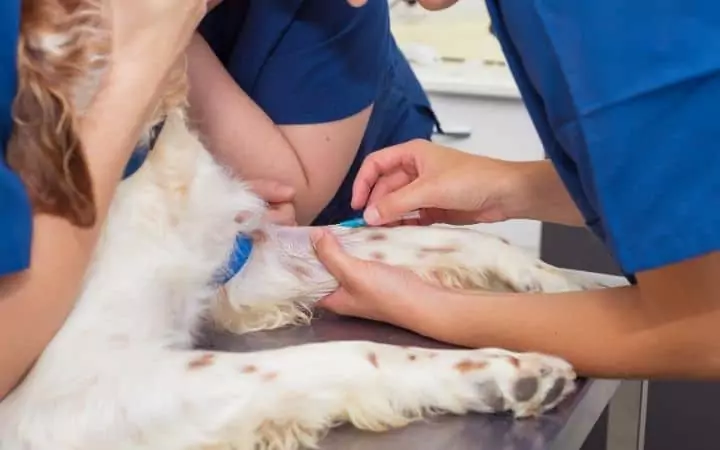How to Deal as a Professional with Veterinarian Euthanasia
The veterinary profession is one of the toughest, most challenging, and demanding professions, both physically and emotionally. Many of our colleagues over the course of their careers suffer from different forms of emotional disturbances such as depression and anxiety.
The hard veterinary life starts during the studies with rigorous curriculums and continues on a stressful and work-loaded course of life where we constantly encounter life or death situations and are even obligated to induce death with euthanasia.

This only means that each professional involved in the field of veterinary medicine must find a good coping strategy and protect his/her own mental health and well-being.
When and when not to perform euthanasia?
Euthanasia is a procedure that most veterinary professionals don’t get habituated to quite easily and many studies expose the strong link between cases of suicides and veterinarians that perform euthanasia more frequently than others.

However, many vets won’t agree that this is the worst part of the job; it’s just the most emotionally challenging part.
The appropriate time to perform euthanasia is when the animal is suffering and at the same time, there isn’t a possible way to alleviate the suffering.
If put your mind on this part of the procedure you will know deep inside that you are helping the animal pass on with ease and that’s the only possible way that you can comfort it. Unfortunately, this is the lighter version of emotional distress the euthanasia inflicts on vets, vet techs, and every other professional involved.

Many times, when the animal is suffering and there is a solution to the problem, this particular solution involves tens of thousands of dollars being spent by the owners for what might turn out to be an unsuccessful attempt.
The owners are financially incapable of paying thus leaving euthanasia as the last resort. These situations hurt the most, but just like before, without the expensive treatment the animal is going to suffer and feel miserable anyway and probably it would be better to help it pass on.
‘Convenience euthanasia’ is the worst of them all. In this case, the animal is perfectly healthy or has some minor illness, but the owners decide they don’t want to keep it anymore and request euthanasia.

This request can be easily rejected by many vets that don’t put animals to sleep without the animal having significant health issues. But this luxury cannot be afforded by vets employed in private practices where the bosses won’t take no for an answer.
If you are not too fond of this fact try talking to your boss out of it by any means necessary or just change your workplace. We know it’s hard to find a decent workplace as a veterinarian nowadays, but it is way worse to do something that puts your mental health at risk.
Things That Might Help You Deal Better With Euthanasia
The fact is that you can never become emotionally numb regarding euthanasia. It will always bother you and have you question your life choices and actions.
On the other hand, most of the owners and the animals are thankful that you put an end to one’s misery. And you are never alone; your colleagues are doing the same thing at the same time all across the globe.

Feel free to talk to them about their experiences and their feelings about euthanasia, and when you doubt your emotional health don’t hesitate to seek professional help. Make it a priority and let your close ones know that you don’t feel that well. These options are way better than hiding the emotional burnout and reach for self-destructive ways to manage the stress (alcohol, drugs, self-hurting).
Making the experience as calm and soothing as possible for the owners and the animal is of great benefit for everyone involved including you. The procedure should be performed in a quiet and isolated room where the client should be given enough time to say one last farewell to the beloved pet.
It’s okay to cry and show the owners that the pet meant something to you too. Many clinics give symbolic items (ex. Clay paws) to the clients that memorialize their pets and help them with the planning of possible funerals being held.
Many veterinarians suggest that keeping a positive relationship with the owners of the deceased pet helps both the clients and the veterinary professionals cope better with euthanasia.

Never pretend that the procedure never went by as that can provoke emotional havoc. Search through the patient records and find the animal’s birthday or the first date when it came to the vet clinic. Sending a card to the owners honoring the life of the pet will make you feel more humane and good about yourself.
When you feel like you need an extended break or the rest of the day off, never hesitate to ask your supervisor. Many times, it helps when we are left alone and need time to process the whole thing in peace and privacy.
All people are different and react differently on emotional bases. Some veterinary professionals cope with euthanasia way better than others. To be involved in the veterinary profession doesn’t necessarily mean that you must perform euthanasia.

If you can never get used to it, reach out and find a clinic that offers a work position without euthanasia as a task that must be performed. Better yet, become a specialist in a field that doesn’t include euthanasia (radiology, pathology etc.).
Euthanasia, besides many other factors, is what makes the veterinary profession ungrateful, thankless, and underappreciated as the people involved in it have to sacrifice their bodies and souls to do the right thing.
Yet again, there are far more ‘positive’ than ‘negative’ things veterinarians and veterinary technicians are doing, so keep your focus on these things. The things that make you change the world for the better are what make difficult situations a lot more bearable.
